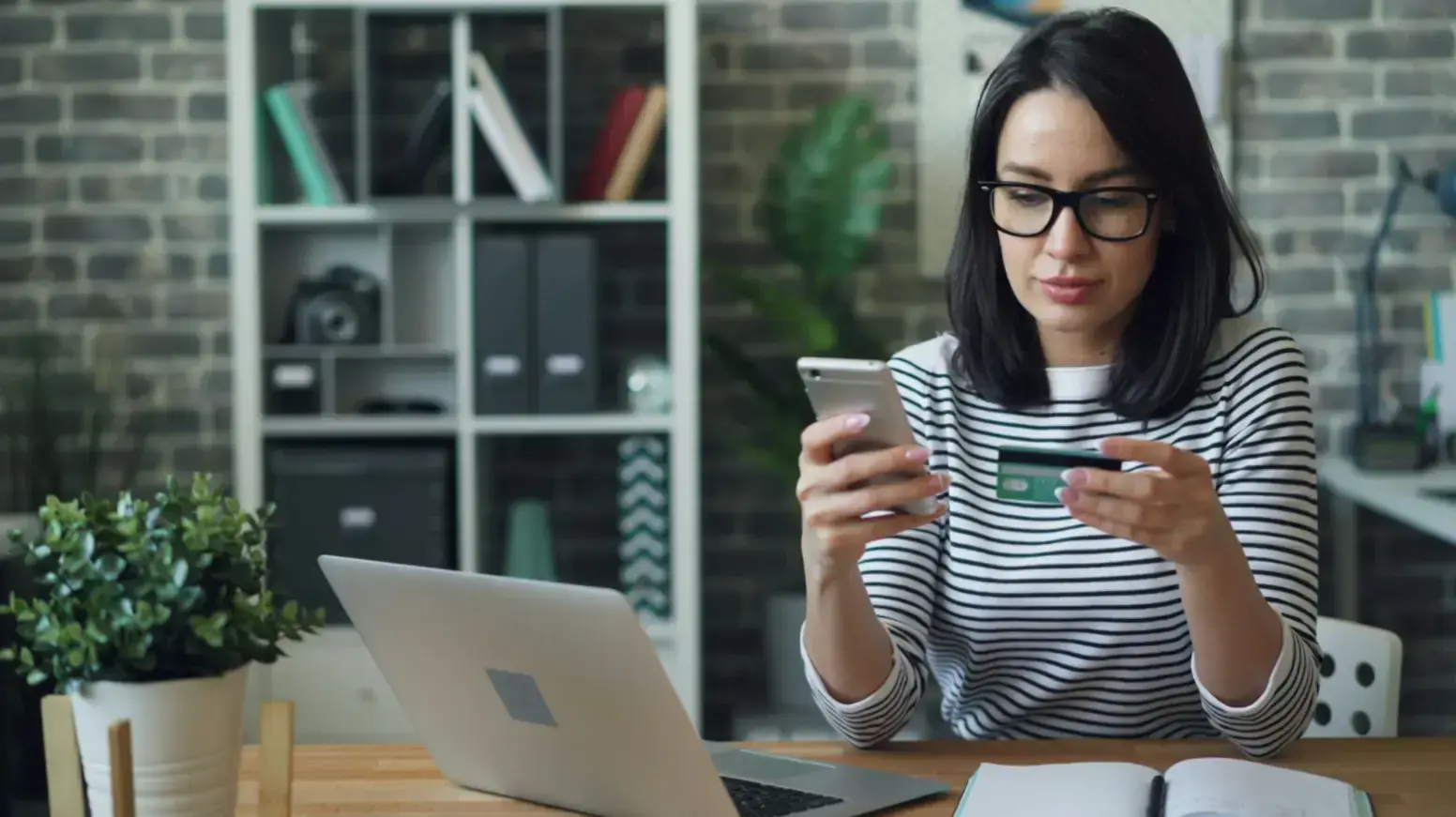Nothing is more rewarding than visitors to your website making a purchase. However, what's worse is seeing them bounce out of your site right off the bat. How can you keep them around and ultimately get them to buy your products?
The first few seconds are crucial for making good impressions and influencing consumer decisions. Read on to find out why people buy or bounce in the first ten seconds to make informed business decisions. Let's go!
In this article:
- Key Factors That Influence Immediate Purchase or Bounce
The Psychology Behind Quick Decisions
Did you know? People make initial assessments of other people, products, and websites based on a few pieces of information they encounter at first. Indeed, we cannot ignore the power of perception that people form within a matter of seconds.
The numbers don't lie: Research shows you only have ten seconds to make a first impression. And this also applies to business and marketing.
Another report cites: It only takes about 50 milliseconds for people to form an opinion about your website, determining whether they stay or leave. Google confirmed this through its own research, even showing people develop views on websites within seven seconds.
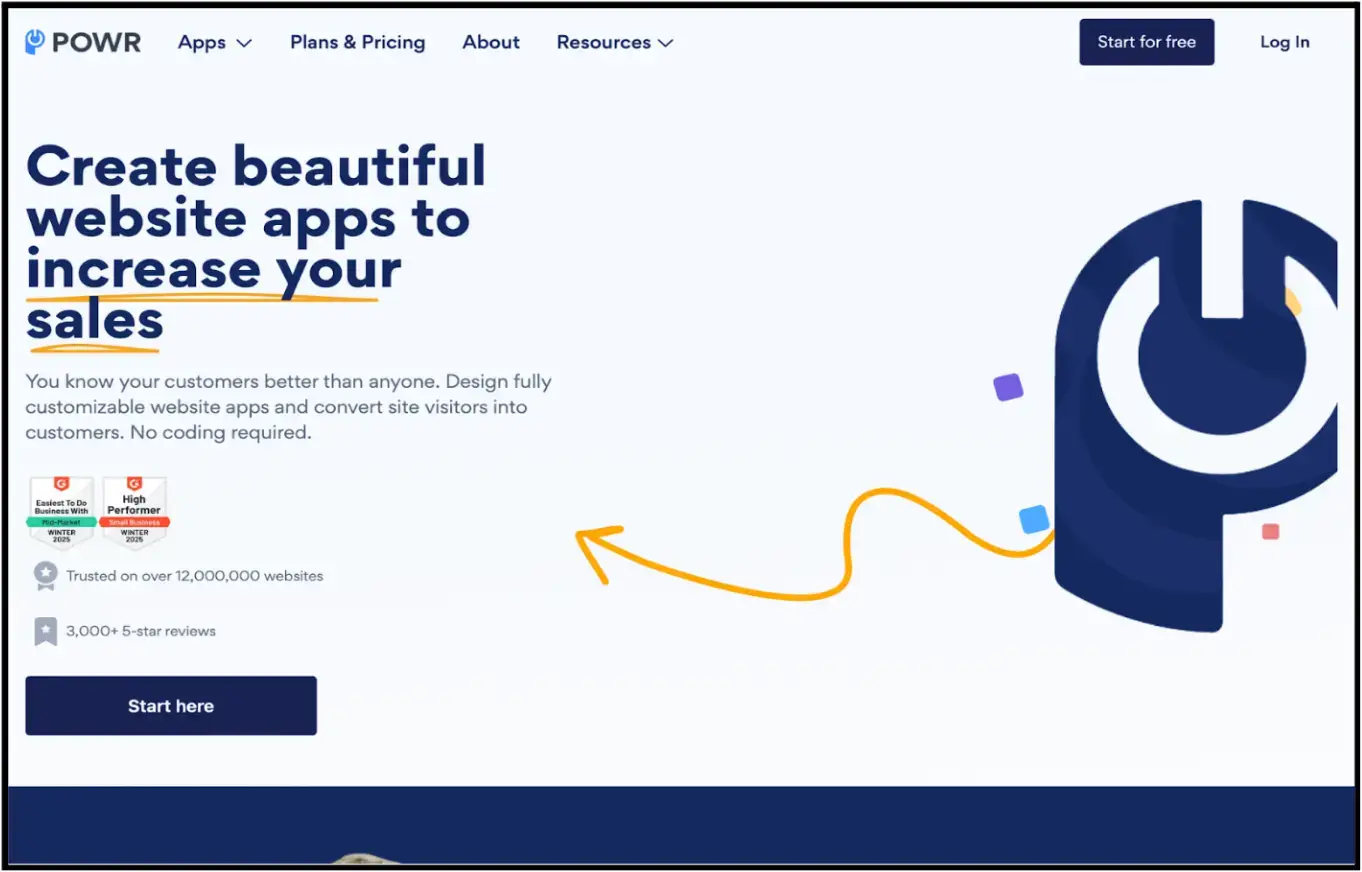
Source: POWR
In business and marketing, there's a psychological basis for the ten-second rule. Here's how it determines whether someone buys or leaves:
- Cognitive loading: If your site feels overwhelming or busy, users leave.
- Primary recall: First impressions stick.
- Snap judgment: People evaluate your website within milliseconds.
- Emotional trigger: People buy with emotion first, logic second.
- Relevance filtering: Visitors instantly ask: “Is this for me?”
- Value determination: They judge if staying is worth their time.
- Trust evaluation: Visual trust cues determine if users feel safe.
- Pattern recognition: Unfamiliar layouts create confusion.
- Visual hierarchy: Poor layout = instant bounce.
Samuel Charmetant, Founder of ArtMajeur by YourArt, stresses the importance of making a great first impression.
Learn why users buy or leave in the next section.
Key Factors That Influence Immediate Purchase or Bounce
Your digital channel—whether a website, e-commerce platform, or social media—can attract and convert customers.
However, whether promoting a Zepto franchise or any other business, the goal is the same: keep users from bouncing.
Making a strong impression within seconds matters. The average conversion rate across all industries is only 2.9%.
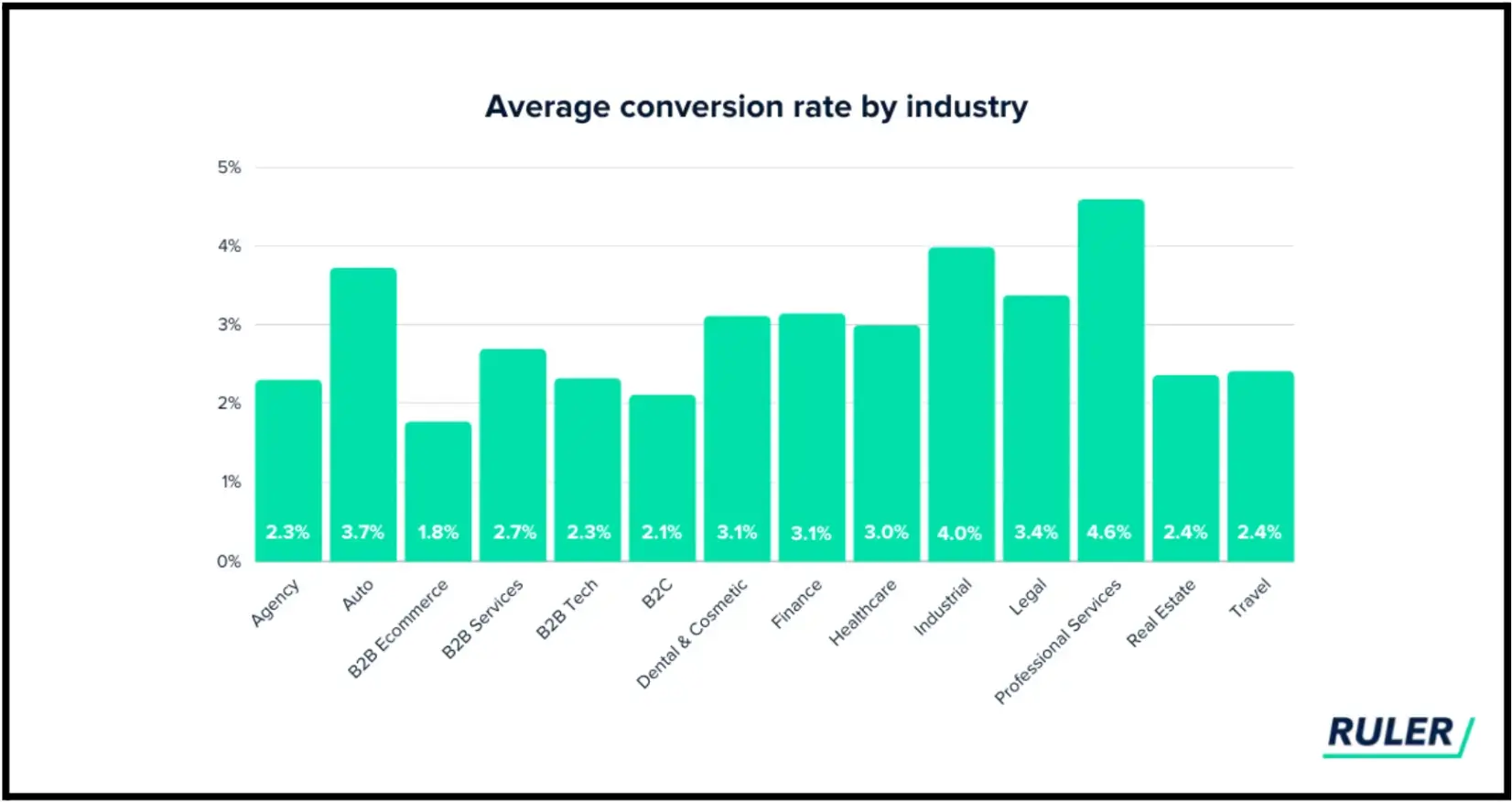
Source: Ruler
On the flip side, the average bounce rate ranges from 26–70%.
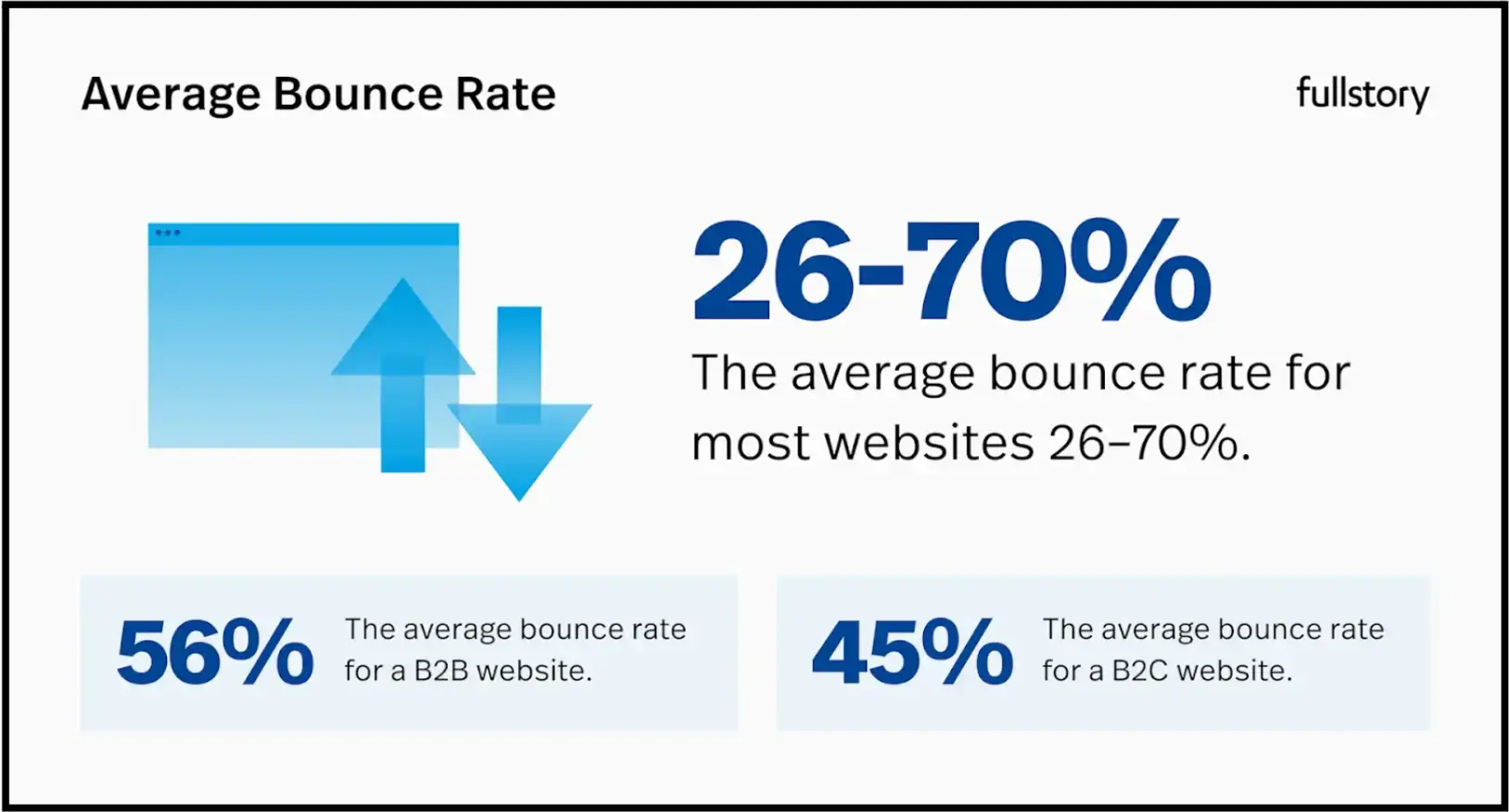
Source: fullstory
So what makes someone buy within the first ten seconds?
1. Value Proposition
Users immediately ask: “What do you have to offer?” For example, if you're an online doctor, users want instant clarity on your services.
Best Practice:
Make your value proposition crystal clear above the fold.
2. Clear Messaging
Content is the heart of your website. Clear, scannable copy helps visitors quickly understand your offer.
Lacey Jarvis, COO at AAA State of Play, recommends the K.I.S.S. principle.
Confusing messaging makes users bounce quickly.
If your voice AI sounds confusing, users leave.
Best Practice:
Write simple, skimmable content. One idea per section.
3. Content Personalization
Personalized content converts. It directly influences whether users buy, recommend, or repurchase.
You can use AI to personalize customer experience.
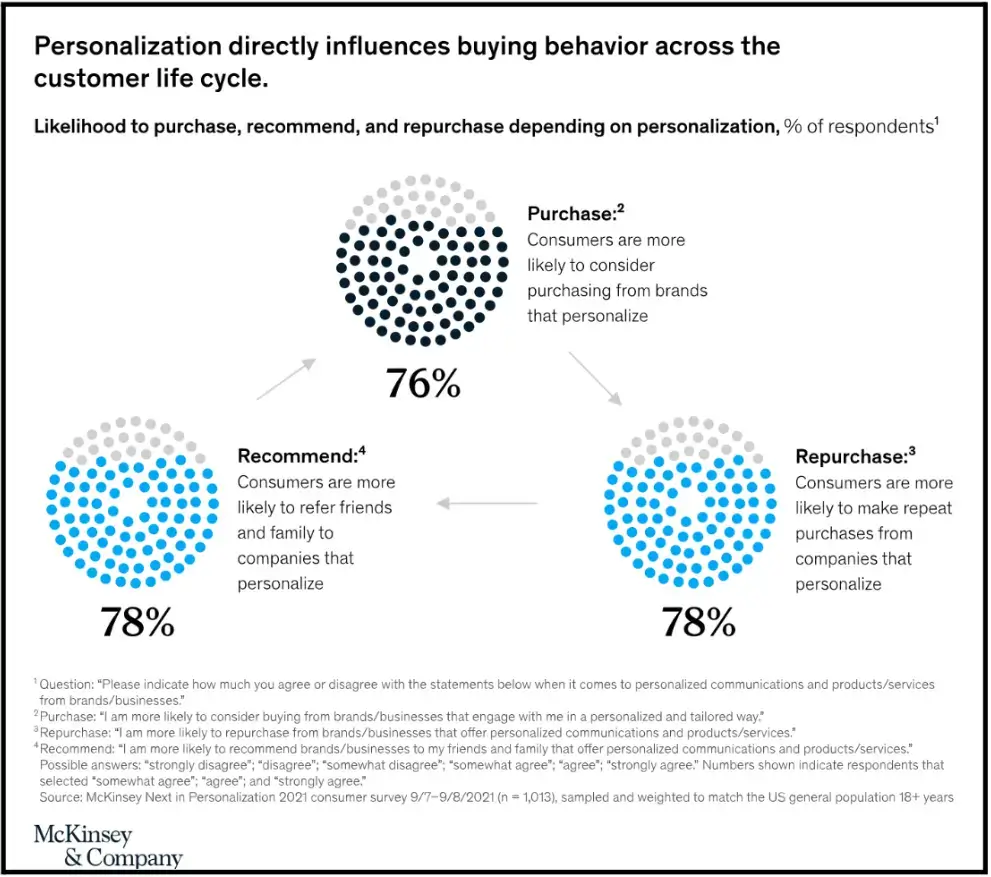
Source: McKinsey & Company
Best Practice:
Use dynamic content and real customer data to tailor the experience.
4. Business Branding
Branding builds trust. Example: custom t-shirts branded as “Rush Order Tees” clearly communicate their offer.

Source: Rush Order Tees
Best Practice:
Maintain consistent visuals and messaging. This is where professional website optimization services can help unify branding with performance.
5. User Experience (UX)
UX is everything—design, speed, functionality. Every $1 spent on UX can generate up to $100 ROI. You can enhance website conversion through UX/UI design.
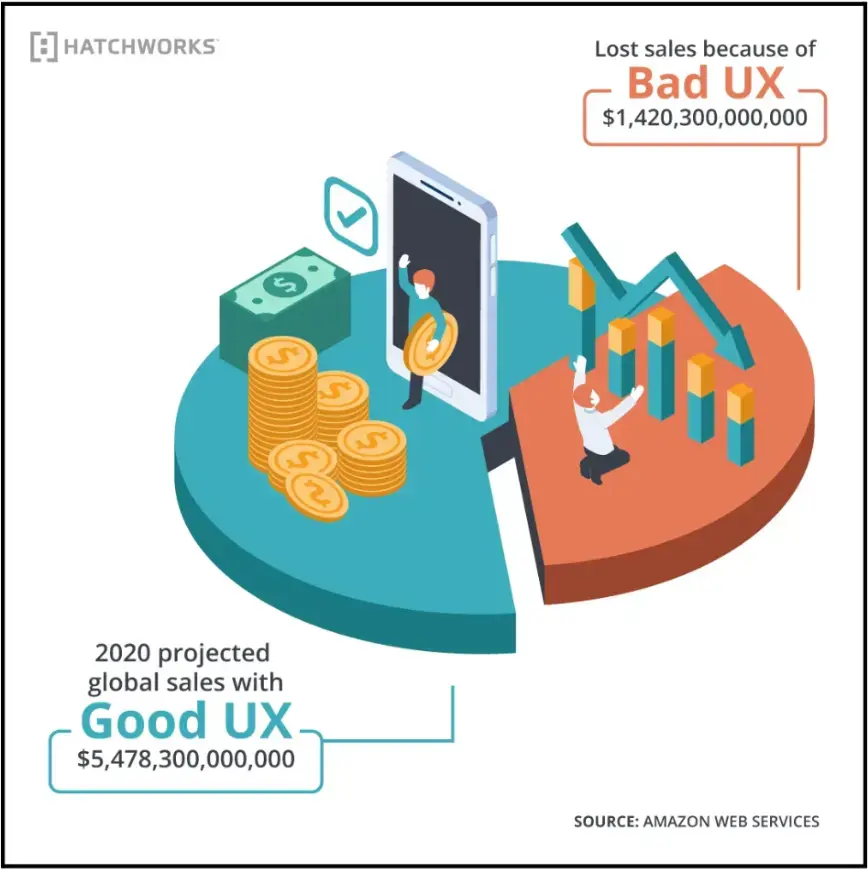
Source: Hatchworks
Best Practice:
Optimize speed, navigation, and mobile experience.
6. Social Proof
Users seek reviews before buying. Success stories increase conversion.
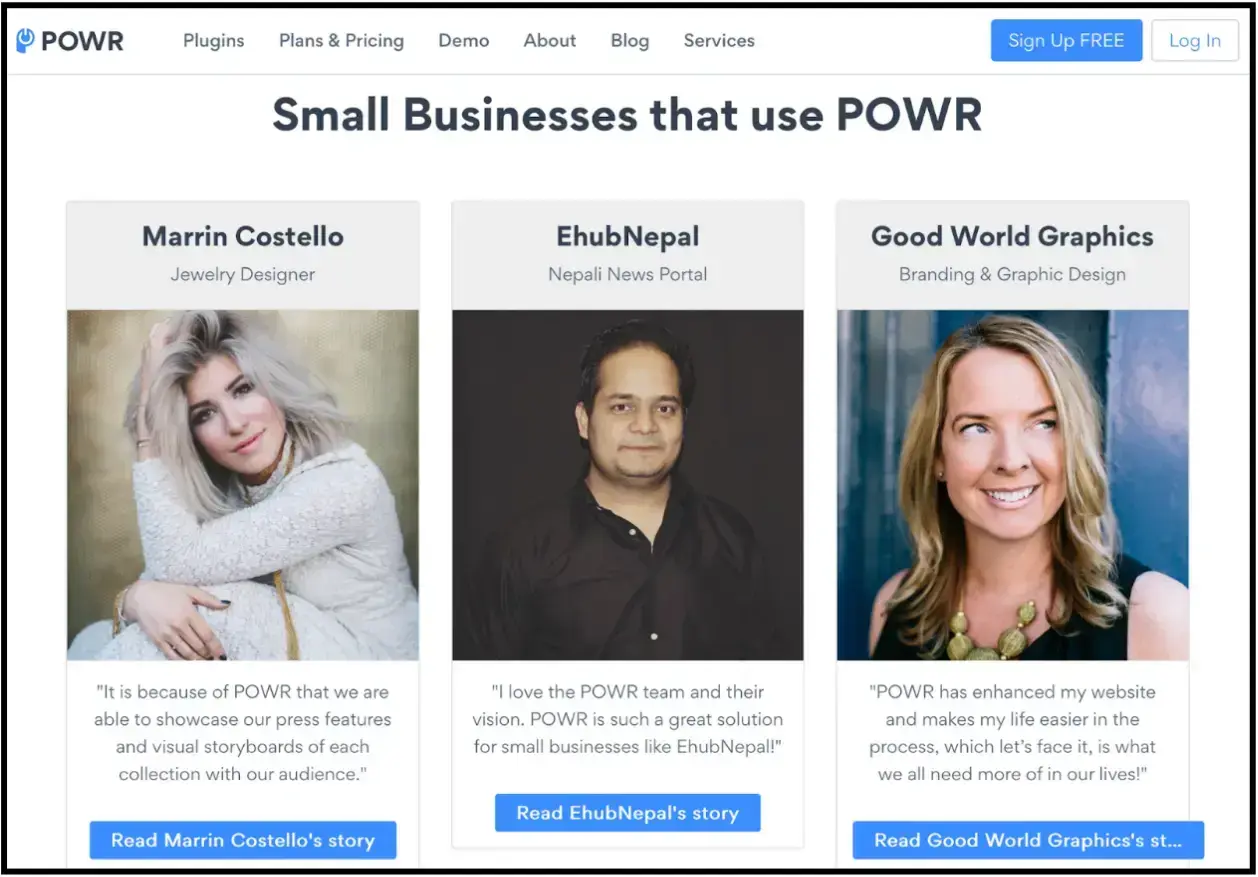
Source: POWR
Best Practice:
Show testimonials, ratings, and customer logos prominently.
7. Trust Signals
Users instantly evaluate whether your site feels safe. Displaying trust icons, reviews, clear policies, and secure payment signals helps.
You can also build trust by protecting your intellectual property.
Best Practice:
Display trust badges, SSL, verified payments, and fair return policies.
8. Call to Action (CTA)
CTAs guide users: “Buy Now,” “Sign Up,” “Learn More.”
Example: Debt relief website showing a strong CTA above the fold.
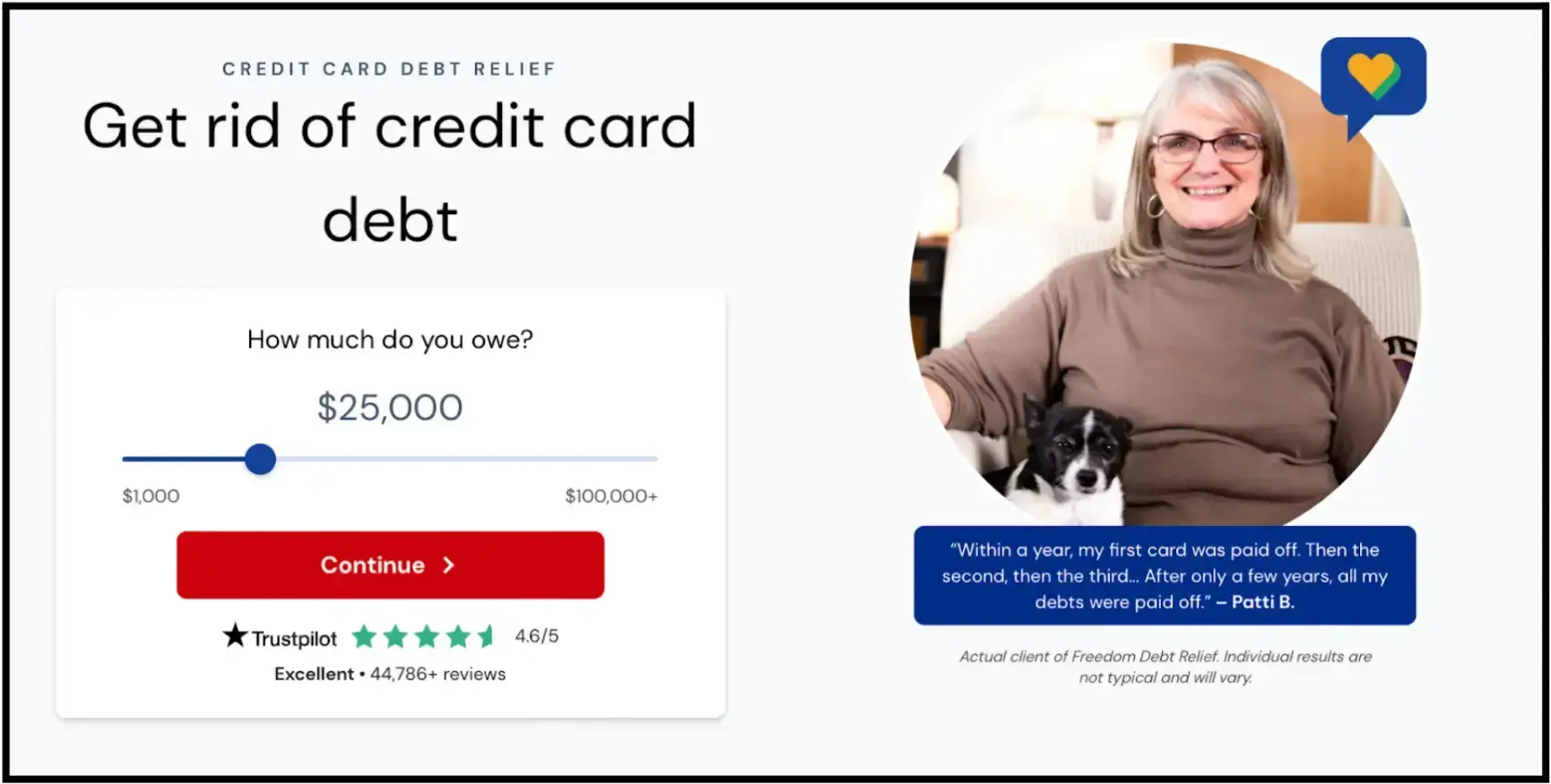
Best Practice:
Use prominent, action-oriented CTAs that match user intent.
FAQs
1. Why are the first ten seconds so important?
They determine whether users stay or leave. If content isn't relevant or trustworthy, visitors bounce instantly.
2. Why do users leave a website quickly?
Common issues:
- Cluttered interface
- Slow load time
- Hard navigation
- No white space
- No CTA
- Unclear messaging
- Irrelevant content
- No trust signals
3. How can you make visitors stay longer?
- Show real value
- Keep messaging clear
- Ensure content relevance
- Improve UX and UI
- Optimize for mobile
- Add social proof
- Use CTAs effectively
Final Thoughts: Turn First Impressions Into Conversions
Psychology plays a major role in the first ten seconds. Capturing attention and building trust are essential.
Follow the key factors outlined above to reduce bounce rate and improve conversions.
Ultimately, website optimization matters. To boost your results, consider using POWR’s plugins.

Author Bio
Adam Young, CEO and Founder of Event Tickets Center, launched his company in 2005 with just $100 and grew it into a nine-figure business serving over a million customers. A pioneer in PPC marketing for the ticketing industry, Young brings decades of experience in digital advertising and business strategy.

